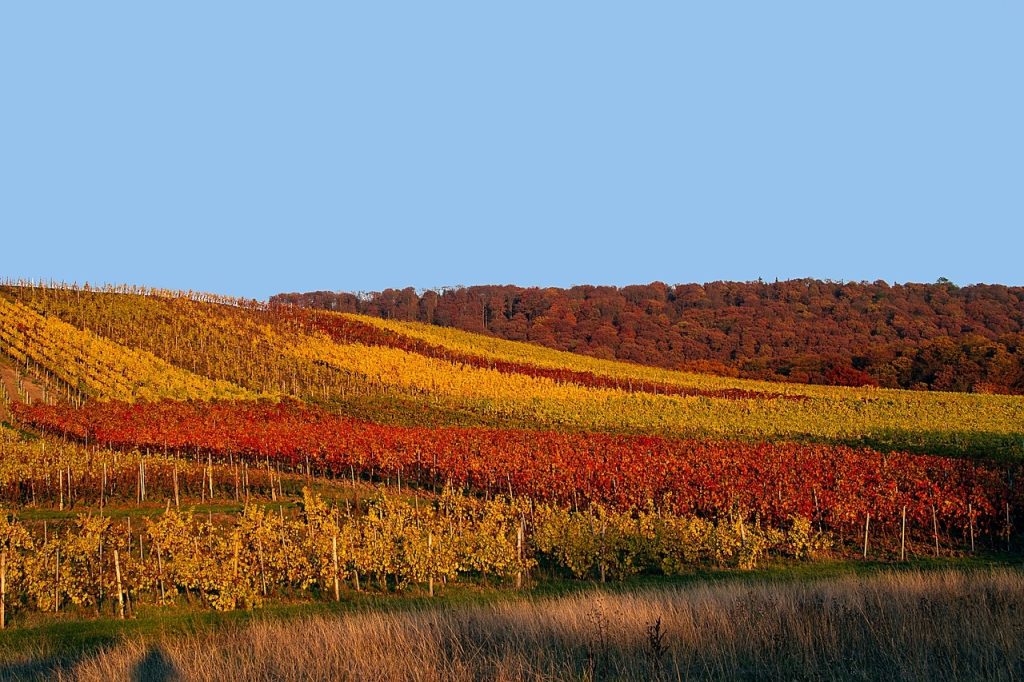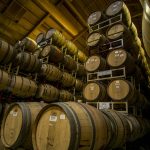“The processes are dramatic and the government is silent.”
After inspectors finally began doing their job and discovered a truly horrific state on the mass meat market in Croatia, a question arose if the inspection will be increased on the wine market. Each year more and more cheap wines of the worst quality is imported into Croatia which unlike the domestic ones are not screened by institutional controls. The Kutjevo company, as a producer of meat and wine has request officially from the government for the inspections to be activated in that field too. Their statement cites: “shocked by the findings of veterinary inspectors and the current condition,” they demand from the Agriculture Ministry that the inspections are “equally applied to the wine market in Croatia,” as reported by Plavakamenica.hr on November 24, 2016.
“The current wine import situation from third countries without control also threatens the health of consumers, placing domestic production in a subordinate position and inflicts huge damage to the wine sector and national economy. Wines of domestic producers are supervised by the Institute for Winemaking and Winegrowing before they arrive on the market, while imported wine passes no such controls,” the Kutjevo statement reads. “We emphasize the import of such wine is in a privileged position compared to domestic producers as it does not pass any control before being placed on the market.”
It is estimated the import of wine in 2016 will surpass 25 million litres, around a third of domestic production. A leading Istrian winemaker Ivica Matošević described this alarming state quite well in an interview for Plava Kamenica blog. A very good analysis of the problem was also recently given to Agrobiz by Đuro Horvat, the greatest Croatian expert for the wine market. “The state is… more than dramatic especially of we view the period since Croatia entered the EU. In 2013, the ratio of export and import was 1:5 litres. In 2016 the ratio has dramatically changed to 1:15 litres. The average export price is still significantly above the import price at 3.7 USD per litre, while the import price us around 1 USD per litre. In 2015, grape production rose by 14% compared to 2014. The overlap of import with export is very low and amounts to 8% in quantity and 28% financially. The level of consumption per capita is at the 2015 level, so we can conclude the imperative is to increase export as production is increasing, with new plantations coming into production,” said Horvat. “The processes are dramatic and the government is silent.”












